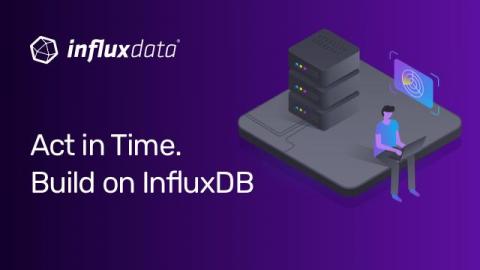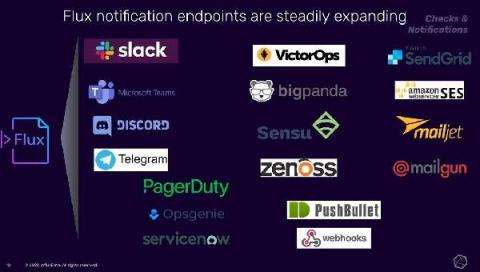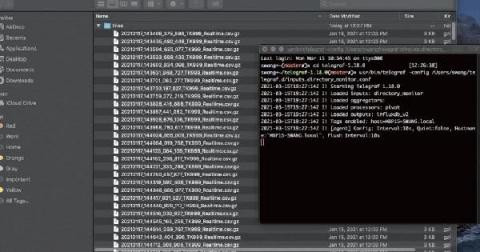How to Parse Your XML Data with Telegraf
In March, we released Telegraf 1.18, which included a wide range of new input and output plugins. One exciting new addition was an XML Parser Plugin that added support for another input data format to parse into InfluxDB metrics.









